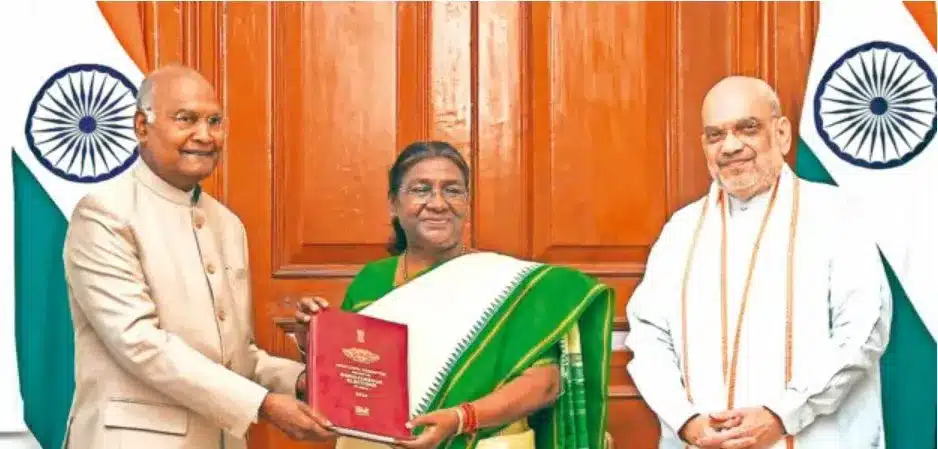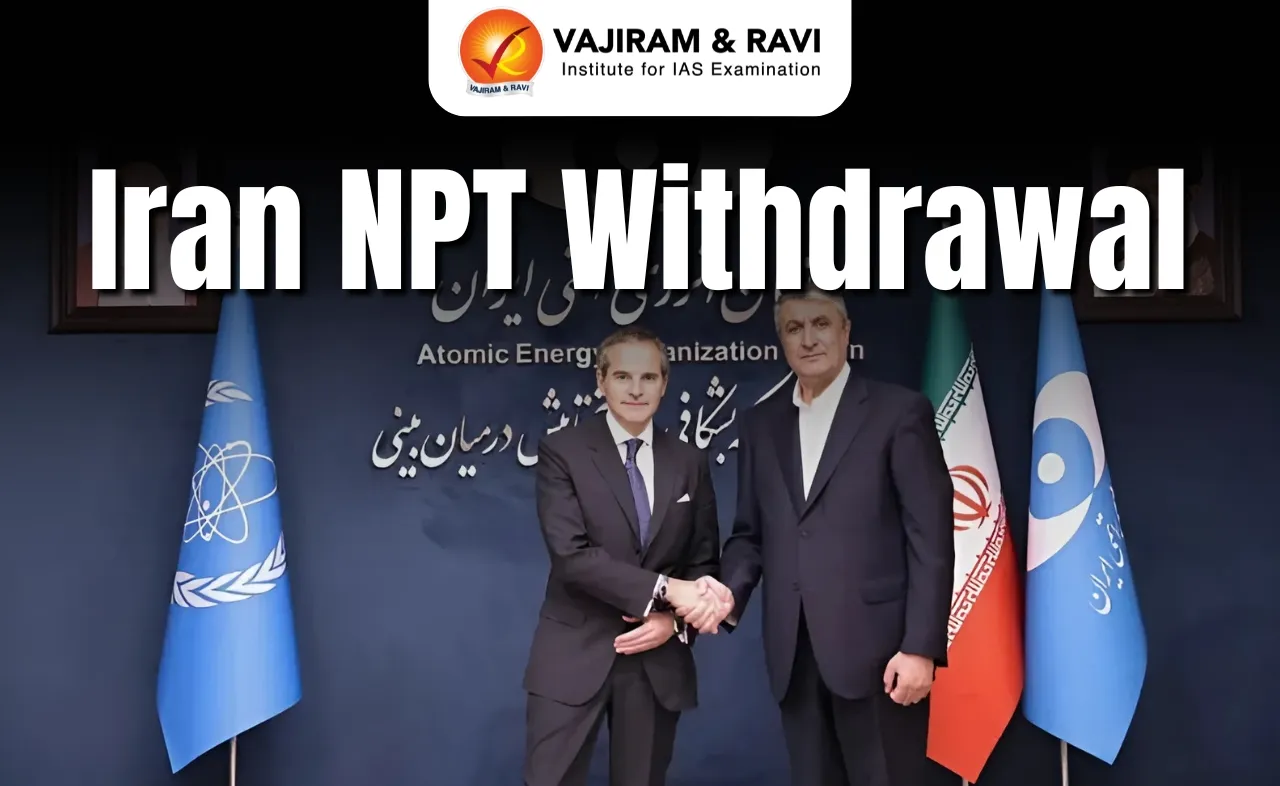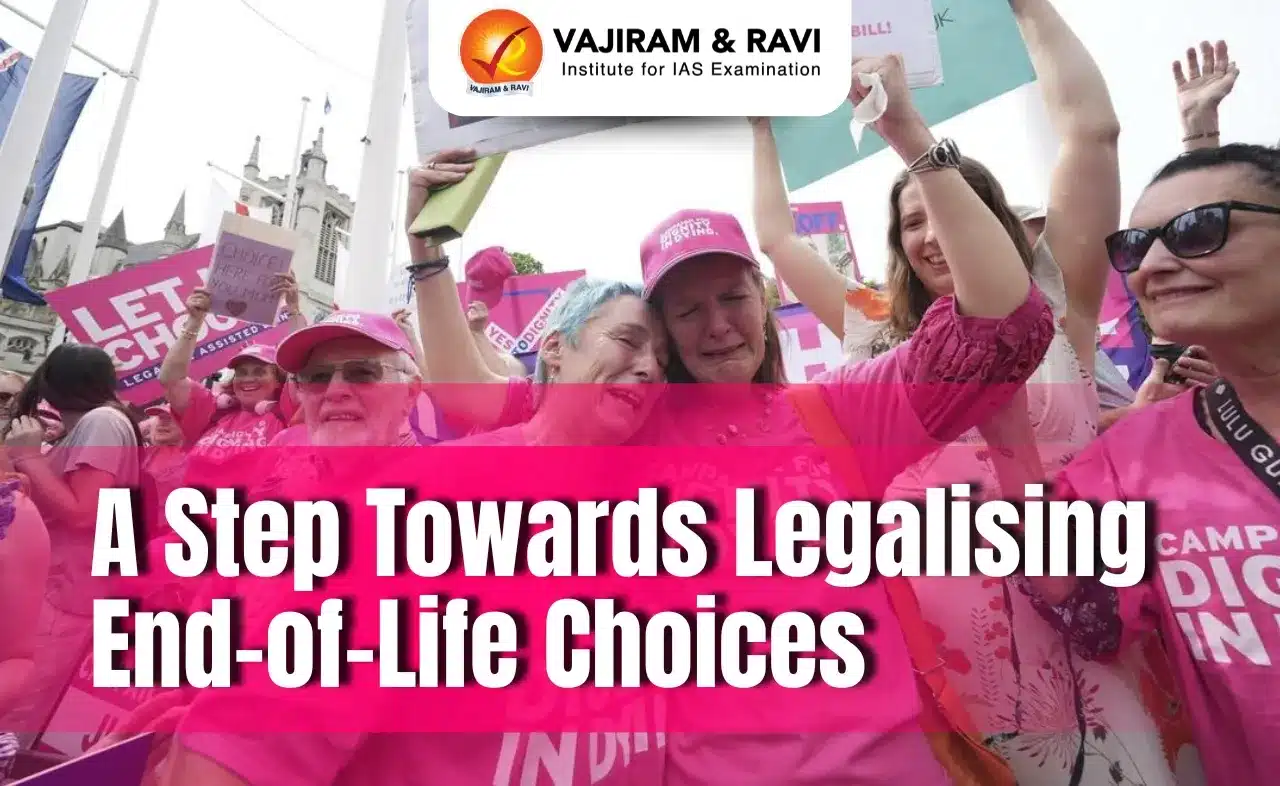What’s in today’s article?
- Why in News?
- History of Elections in India
- Roadmap for Simultaneous Polls
Why in News?
The Union Cabinet has approved a proposal for simultaneous elections to the Lok Sabha, state Assemblies, and local government bodies, as recommended by the High Level Committee on One Nation, One Election, led by former President Ram Nath Kovind.
As per the govt, implementation will occur in two phases: first, aligning Lok Sabha and Assembly elections, and second, holding local body elections within 100 days of the first phase.
History of Elections in India
- Era of simultaneous elections
- The first general elections of free India held simultaneously to the Lok Sabha and the Legislative Assemblies of the States in 1951.
- The next three cycles of elections also witnessed concurrent Lok Sabha and Legislative Assembly elections barring a few stray cases like:
- Kerala where a mid-term election was held in 1960 on the pre-mature dissolution of the Assembly, and
- in Nagaland and Pondicherry where the Assembly was created only after the 1962 general elections.
- The last occasion when we had near-simultaneous elections was in 1967.
- Beginning of the end of simultaneous elections
- The fourth Lok Sabha constituted in 1967 was dissolved prematurely in 1971. This was the beginning of the end of simultaneous elections.
- Extension of the term of Lok Sabha during the National Emergency declared in 1975 and the dissolution of Assemblies of some States after the 1977 Lok Sabha election further disturbed the cycle of concurrent elections.
- Current status
- After the two pre-mature dissolutions of the Lok Sabha in 1998 and 1999, only four State Assemblies have been going to polls along with the Lok Sabha elections in the last two decades.
- We now have at least two rounds of Assembly general elections every year.
Roadmap for Simultaneous Polls

- Steps needed after the approval from the Union Cabinet
- The One Nation, One Election project requires two Constitutional Amendment Bills to be passed by Parliament, needing broad agreement across various parties.
- To build consensus, the government may refer the bills to a parliamentary committee, which includes opposition members.
- Additionally, to include local bodies in simultaneous elections, at least half of the states must ratify the Constitutional amendment.
- Although the BJP currently governs in over a dozen states, upcoming Assembly elections in Haryana, Maharashtra, and Jharkhand could impact this distribution.
- Changes needed in the Constitution
- The transition to a simultaneous election system requires two Constitutional Amendment Bills.
- First Amendment Bill: This bill needs a ‘special majority’ in both the Lok Sabha and Rajya Sabha, which involves:
- At least half of the total membership of both houses must vote in favor.
- Two-thirds of members present and voting must approve the amendment.
- Second Amendment Bill: This bill aims to align local body elections with the simultaneous elections. It must satisfy the same conditions as the first bill, plus:
- Ratification by at least half of the state legislatures is required.
- This is because local government is under the State List, giving states the authority to pass laws related to it.
- What will happen if these Bills are passed by Parliament?
- According to the Kovind Committee’s roadmap:
- Implementation
- The President will issue a notification during the first Lok Sabha sitting after a general election, activating Article 82A from the first Constitution Amendment Bill, which marks the “appointed date.”
- Article 82A — a new article that will be introduced through the first Bill to facilitate the transition to simultaneous elections.
- State Assemblies
- Any state Assemblies elected after this “appointed date” will be dissolved when the Lok Sabha’s term ends.
- Some state Assemblies will dissolve before their five-year term ends to align with the Lok Sabha elections.
- Mid-Term Elections
- If a state Assembly or Lok Sabha is dissolved early, a mid-term election will occur.
- The newly elected body will serve only until the next scheduled simultaneous elections. This interim period is called the “unexpired term.”
- Election Commission Role
- If the ECI determines that a state Assembly election cannot be held simultaneously, it can recommend a delay.
- However, future elections will still be conducted simultaneously.
- Single Electoral Roll
- The ECI will create a unified electoral roll for all elections, including Lok Sabha, state Assemblies, municipalities, and panchayats, in collaboration with State Election Commissions.
- This amendment also needs ratification by at least half of the states.
Q.1. What is One Nation One Election?
One Nation One Election refers to a proposal to conduct simultaneous elections for the Lok Sabha, state assemblies, and local bodies, thereby reducing the frequency of electoral cycles in India
Q.2. What are the challenges in implementing simultaneous elections?
Implementing simultaneous elections requires constitutional amendments, broad political consensus, and ratification by at least half the states, along with changes to election laws and logistics.
Source: As Cabinet gives nods to simultaneous elections, what next? | Indian Express
Last updated on June, 2025
→ UPSC Notification 2025 was released on 22nd January 2025.
→ UPSC Prelims Result 2025 is out now for the CSE held on 25 May 2025.
→ UPSC Prelims Question Paper 2025 and Unofficial Prelims Answer Key 2025 are available now.
→ UPSC Calendar 2026 is released on 15th May, 2025.
→ The UPSC Vacancy 2025 were released 1129, out of which 979 were for UPSC CSE and remaining 150 are for UPSC IFoS.
→ UPSC Mains 2025 will be conducted on 22nd August 2025.
→ UPSC Prelims 2026 will be conducted on 24th May, 2026 & UPSC Mains 2026 will be conducted on 21st August 2026.
→ The UPSC Selection Process is of 3 stages-Prelims, Mains and Interview.
→ UPSC Result 2024 is released with latest UPSC Marksheet 2024. Check Now!
→ UPSC Toppers List 2024 is released now. Shakti Dubey is UPSC AIR 1 2024 Topper.
→ Also check Best IAS Coaching in Delhi























